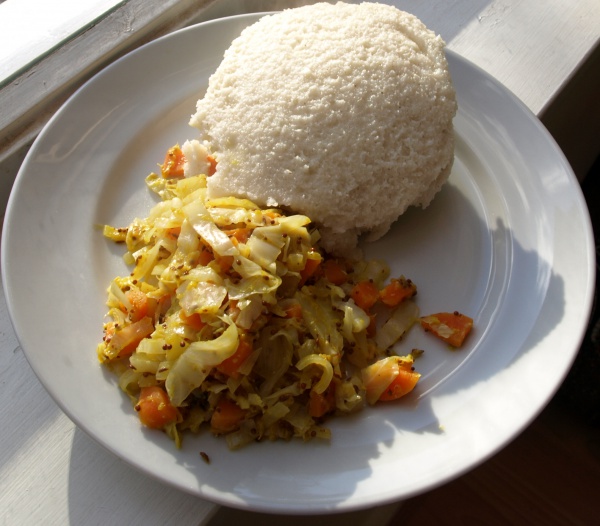Facts About Rwandan cuisine
Rwandan cuisine is intrinsically linked to the country’s traditional subsistence farming, centering around locally grown staple foods. Historically, the diet has varied among Rwanda's ethnic groups: the Twa and Hutus predominantly enjoyed a vegetable-abundant diet, whereas the Tutsis, being pastoralists, consumed more milk and dairy products.
Key staples in Rwandan cuisine include bananas, plantains, pulses, sweet potatoes, beans, and cassava. Meat is not a frequent part of the diet, but fish, particularly tilapia, is popular in regions near lakes.
Some of Rwanda’s national dishes are:
- Ugali: A maize-based porridge common across East Africa.
- Isombe: Mashed cassava leaves mixed with dried fish.
- Matoke: A dish made from plantains.
- Ibihaza: A combination of pumpkins and beans.
When it comes to beverages, Rwandans enjoy milk, fruit juice, wine, and beer. Popular commercial beers include Primus, Mützig, and Amstel. Traditional beverages also hold a special place, such as urwagwa (banana beer) and ikigage (a sorghum-based alcoholic drink). There is also ubuki, a honey-based fermented drink with about 12% alcohol content.
In urban areas such as Kigali, you will find a variety of international cuisines. However, in smaller towns, simpler dishes such as chicken, fish, goat, or steak served with rice or fries are more common.
Rwandan cuisine is a delightful amalgamation of traditional flavors and local ingredients, reflecting the country’s rich agricultural heritage and diverse cultural influences.

 Democratic Republic of the Congo
Democratic Republic of the Congo